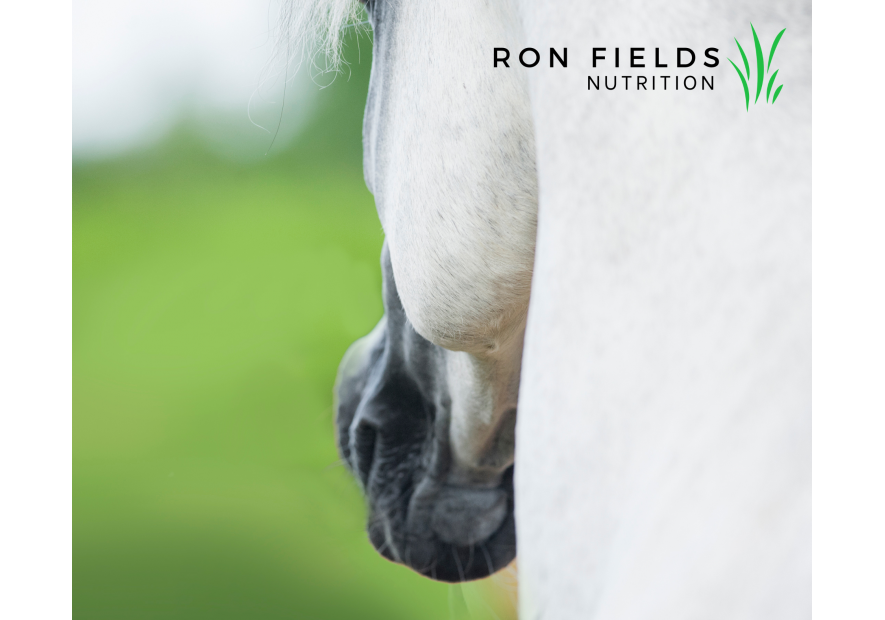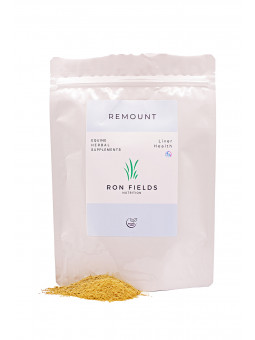Spring grass contains a lot of sugar

Spring grass contains a lot of sugar, and your horse needs time to adapt
The Impact of Sugar Content in Spring Grass on Horse Health
With the arrival of spring, pastures awaken and grass begins to grow. While this may seem beneficial for our horses, it’s crucial to consider the amount of sugar present in spring grass. A gradual adaptation is essential to avoid any health issues related to overconsumption of sugar.
1. Understanding Sugar in Grass
Grass naturally contains sugars, particularly fructans, which are soluble carbohydrates. In spring, the rapid growth of pastures leads to a significant increase in the concentration of these sugars. These fructans are an energy source for plants, but they can pose risks for horses, especially those sensitive to metabolic issues like laminitis or insulin resistance.
2. Why Adaptation is Crucial
When horses consume sugar-rich grass suddenly, it can lead to a glycemic overload, resulting in disorders such as laminitis or metabolic imbalances. Therefore, adaptation is essential to allow their digestive systems to gradually adjust to these sugar levels.
3. Signs of Sugar Sensitivity
It’s important to monitor your horse for any signs of sugar sensitivity, such as:
- Heat or sensitivity in the limbs
- Behavioral changes, like aggression or lethargy
- Stiffness during movement
- Refusal to walk or exercise
- If you notice these signs, it is recommended to consult a veterinarian.
4. How to Manage the Transition to Spring Grazing
To avoid health problems related to increased sugar, here are some practical tips for a smooth transition:
- Start slowly: Introduce spring grass gradually, limiting grazing time to 15-20 minutes per day at first, then slowly increase.
- Monitor weather conditions: Cooler, cloudy days can be safer for grazing, as sugar production in grass is generally lower.
- Offer hay: Before allowing your horse to graze, provide hay to reduce grass intake during the initial exposure.
- Hydration: Ensure your horse always has access to fresh, clean water.
5. Conclusion
The transition to spring grass requires special attention to prevent health issues in horses. By taking a gradual approach and closely monitoring your horse, you’ll contribute to its well-being and overall health. For personalized advice on nutrition and pasture management, feel free to consult our resources on the Ron Field Nutrition website.


